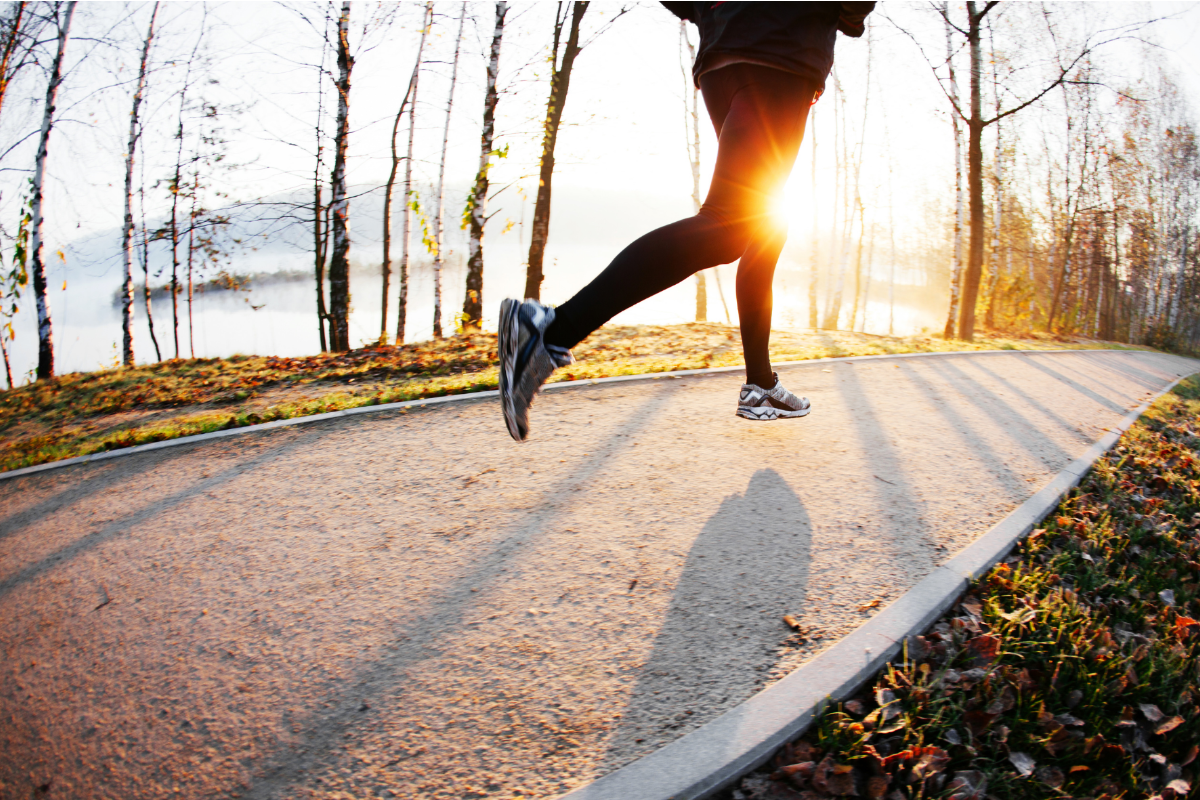Whether you are a novice preparing to run for the first time, a social jogger, an experienced runner, or a seasoned veteran; running provides a great foundation for both physical and mental conditioning. Running forms the basic platform of many sporting activities e.g., soccer, rugby, lacrosse, football and basketball. There has been overwhelming research outlining the benefits of running such as: increased cardiovascular and muscle endurance, weight control and postive effects on your mental health.
Running is so important to our health and recreational activities, so why are many of us plagued by common running injuries? These can include hamstring/calf strains, shin splints, plantar fasciitis, Achilles’ tendonitis, and knee pain. Continue reading to learn why this is the case and what you can do to help prevent a running injury no matter what level of a runner you are.

The running cycle can be broken down into two phases, the stance (or weight-bearing) phase and the swing (or airborne) phase. At heel strike (when your heel first hits the ground, followed by the rest of the foot), the force placed through the foot is 3-5 times your body weight. During the stance phase, poor mechanics i.e., excessive pronation (rolling inwards) of the foot, muscle imbalance, unequal leg length, weak core stabilizing muscles and poor technique increase the loading on the musculoskeletal system (muscles and bones). The musculoskeletal system adapts gradually to the weight-bearing stress of running. A sudden increase in speed, distance, hill work, frequency and intensity of training, predisposes the musculoskeletal system to an increased risk of injury.

What measures can I take to prevent injury?
Progress gradually, train on alternate days to allow for adequate recovery and modify your training to include non-weight-bearing activities i.e., cycling, swimming, and weight training. Avoid running on the camber of the road (the unlevel part of the road). Check your running shoes for uneven wear patterns, loss of motion control and adequate shock absorption. Don’t forget, good nutrition, adequate hydration and 6-8 hours of sleep each night are of vital importance.
What is the difference between running on the treadmill, compared to running on the road?
The treadmill has a consistent flat surface, good shock absorption and the mechanical ability to set speed, gradient and distance. Training on the road or grass enables you to adapt to the given terrain and to pace yourself with respect to competition, speed, technique and time.

Should you stretch or warm up before a run?
Practically speaking you should not stretch a cold muscle. Prior to the run, walk for 5 to 10 minutes as part of the warm-up. This will enable you to warm up the muscles that you will be using on the run. If you are prone to specific muscle injuries or experience tightness in certain muscles, it would be a good idea to lightly stretch after your walk. Stretching after your run has been shown to restore muscle elasticity and decrease muscle soreness.
If you need help recovering from a running injury or would like to learn more about safe stretches or post running exercises, don’t hesitate to book in with one of our experienced therapists!